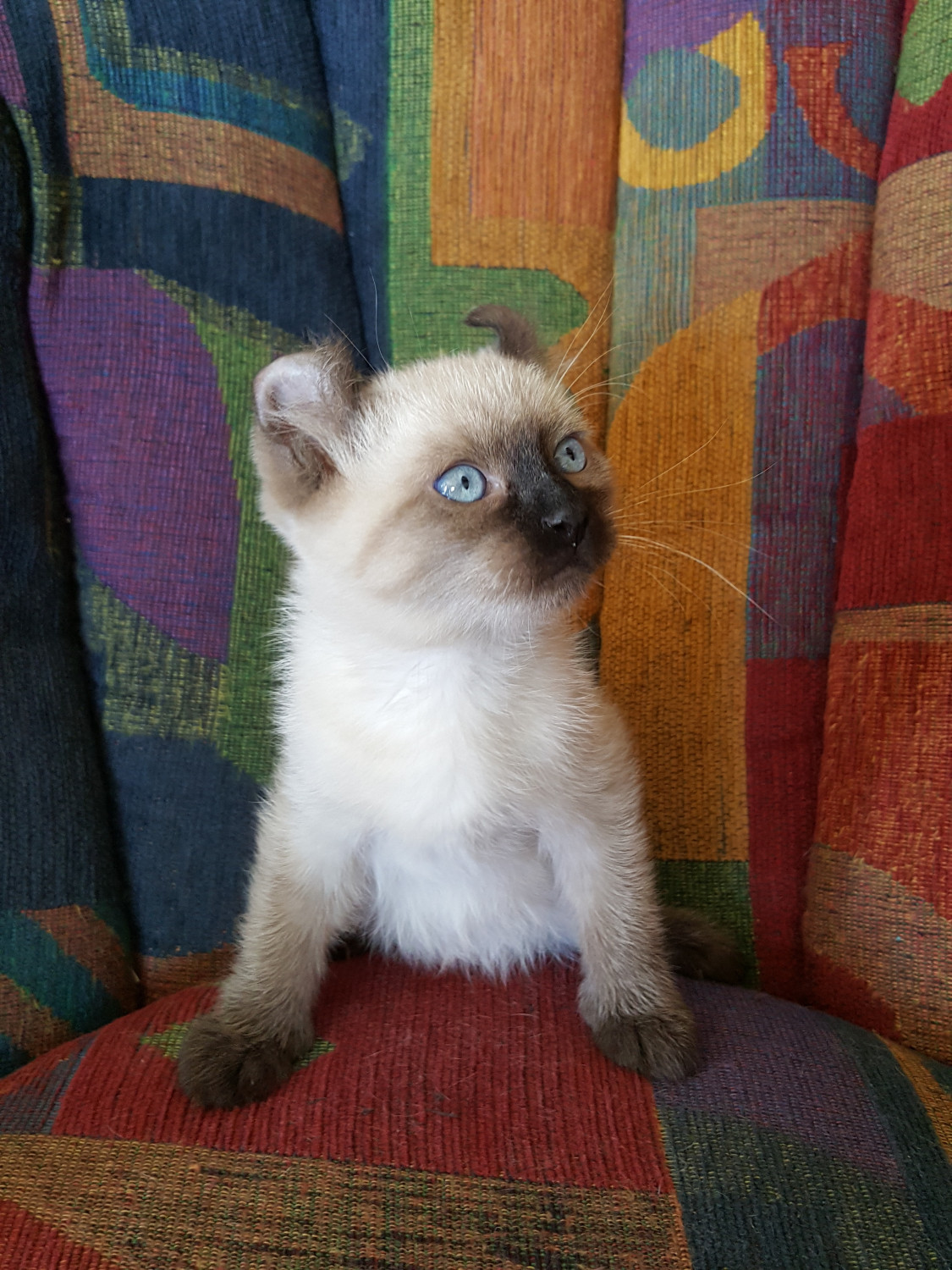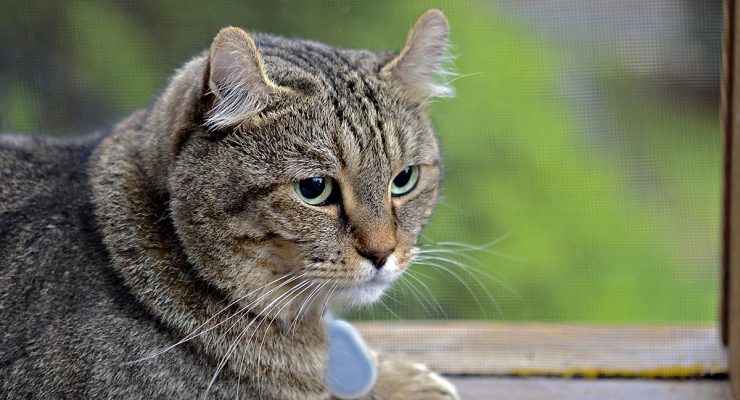


Lynx cats are carnivores, diurnal hunters and feed up on a wide range of animals including reindeer, roe deer, small red deer, caribou, chamois, birds, small mammals, such as snowshoe hares, fish, sheep and goats. Although the Iberian lynx appears not to fear man, it will not live in areas where permanent settlements of humans are established. In harsh, severe weather and when breeding, lynx take shelter in caves or in hollow trees or logs. Lynx make dens in rock crevices or under ledges. Lynx cats have very large ranges, by far the largest range of any other felids. Lynx cats prefer cold, wilderness areas and high altitude forests with dense coverings of grass, reeds and shrubs. Their sensitive whiskers, quick reflexes and acute hearing also help the lynx hunt at night. Light that is unabsorbed by the retinal receptor layer hits the tapetum lucidum and is reflected right back at the retinal receptor layer for another chance at absorption. Like all cats, the lynx has exceptional night vision due to a layer of mirror-like cells in their eyes called the tapetum lucidum. Lynx have a tail length of 2 – 6 inches (5 – 16 centimetres).Ĭanadian lynx are smaller than Eurasian lynx and are more grey in coloration. Lynx have long front and hind legs that support their thick set body which measures 65 – 130 centimetres (26 – 51 inches) in length and weighs about 11 – 37 pounds (5 – 17 kilograms). Lynx have short tails, long whiskers and characteristic tufts of black hair on the tip of the ears. Lynx in the southern regions of their range tend to be shorter haired, darker in color and have smaller paws, whereas in the Northern regions their coats are thicker and lighter in color (for camouflage), and their paws are larger and much more padded to deal with the cold and snow.Īll species of lynx have white fur on their chests, bellies and on the insides of their legs. Lynx are medium sized cats whose coats of fur vary in color according to their climate range. When hare populations fall, which occurs every 10 years, many lynx die of starvation. When hares are abundant, more lynx survive to reproduce and their numbers increase. Lynx populations rise and fall in synchronization with the population cycles of snowshoe hares. The Iberian lynx is one of the worlds rarest mammals and is rated as the most endangered cat species in the world because of its low population, limited number of habitats and its small range. The bobcat is the most successful out of all wildcats as it is highly adaptable both in habitat and prey. The Canadian lynx is becoming very rare in the northern United States due to hunting, habitat destruction and competition with the more aggressive bobcat. The Spanish lynx population continues to decline and it is one of the most endangered cats in the world. The Caracal, despite sometimes being called Persian Lynx or African Lynx, does not belong to this genus. The four species of lynx are: the Canadian Lynx (Lynx canadensis), Eurasian (or Siberian) Lynx (Lynx lynx), Bobcat (Lynx rufus) also known as the wildcat and the Spanish (or Iberian) Lynx (Lynx pardinus). Lynx is the name given to four wild cats from the felidae family.


 0 kommentar(er)
0 kommentar(er)
